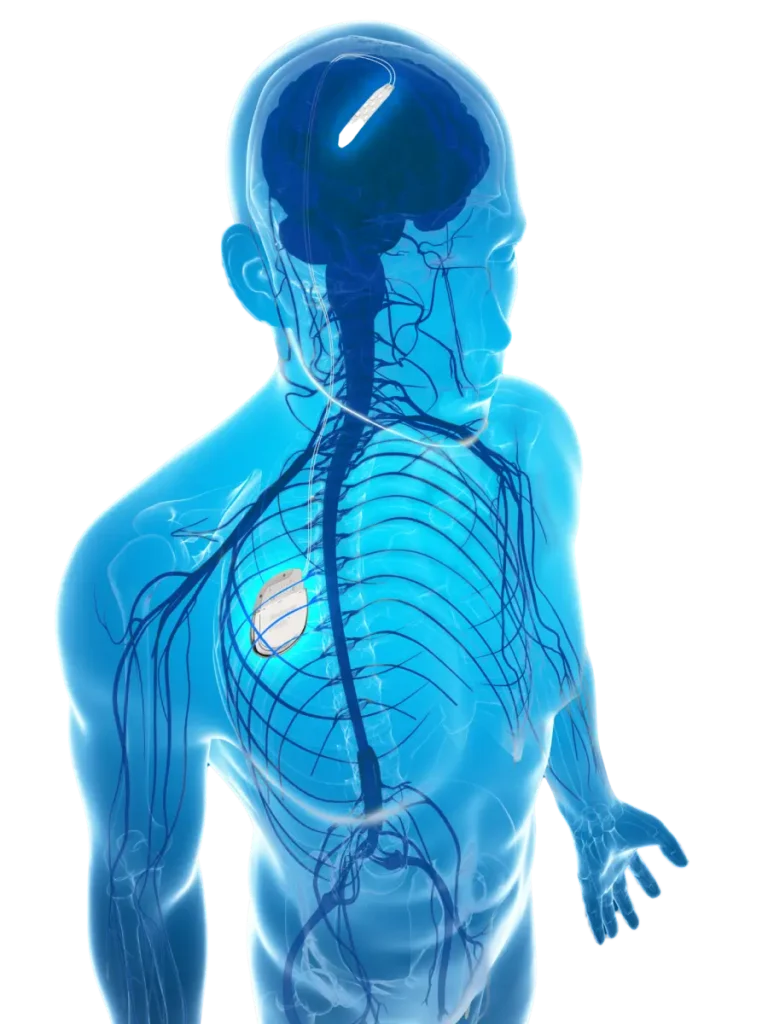The Neuralink brain chip is the coolest tech of the moment, raising questions about what it is and other brain stimulation technologies. Neurotechnology start-up company Neuralink hit the press in late January when founder Elon Musk announced that the company had implanted it’s brain chip into a human for the first time. Contrary to popular belief, Neuralink is the company name, rather than the name of the implant itself, which is not exclusive to Musk’s enterprise. The chip is a Brain-Computer Interface (BCI), in and of itself, a relatively established technology.
What are Brain-Computer Interfaces?
BCIs are technological advancements, which allow the brain to directly communicate with external machines or computers using sophisticated communication channels. Work on these technologies began in the early 1970s, led by computer science professor J.J. Vidal at UCLA.
Although not new, this technology is still in its early stages, even though very important developments are being made to apply it to our everyday lives. There is immense potential for practical applications. Some of the current clinical applications for BCIs include neuroprosthetic control of computers (being used by patients who are quadriplegic), prosthetic limbs and speech devices.
Every motor action the human body takes, such as moving a limb, producing speech or even thinking about an action, requires the brain to generate a specific type of neuronal activity. In other words, the neurons, or nerve cells, generate different signals, depending on the action that the body wishes to take. A brain-computer interface can record these signals, using external recording electrodes. The signals can then be decoded, interpreted and sent to an external device or computer, to perform that specific action.
BCIs effectively belong to the umbrella field of neuromodulation technologies. Neuromodulation is a medical process which utilizes any kind of technique or technology which acts directly on the nerves. The word itself helps to offer a good understanding of its meaning, with ‘Neuro’ meaning relating to the nerves and ‘modulation’ meaning having a modifying or controlling or influence on something. Traditionally, neuromodulation techniques have been used in pain management and, somewhat controversially, in mental health care. However, companies such as Verita Neuro and now Neuralink have developed innovative protocols which harness and elevate these techniques, allowing them to be used for more intricate treatments.
How Are Brain-Computer Interfaces Used In Treating Brain and Spinal Cord Injuries
In a typically functioning central nervous system brain signals, are intended to perform a specific action, taking specific neural pathways called “descending motor pathways”. These ultimately supply the muscles with nerves, or ‘innervate’ them, and force the intended muscle action. However, any injury results in the loss or impairment of these normal motor functions. Injuries can occur and cause disruption at any point of the nervous system, be it the level of motor and somatosensory cortex where these brain signals are generated, at any level along the descending motor pathways or at the level of peripheral nerves. For example, in a patient with a spinal cord injury, the brain function is normal and these brain signals are being generated normally. However, at the level of injury, a great majority of the signals are either lost, resulting in loss of functions below the level of injury or become abnormal signals producing abnormal, unnecessary or random movements, known as spasticity.
BCIs have immense potential in treating and improving many central nervous system injuries such as traumatic brain injuries, stroke and spinal cord injuries. Due to their ability to effectively re-direct brain signals, they can help to overcome breaks in the body’s natural circuits.In the instance of spinal cord injury, for example, there is usually a severe blockage of these brain signals at the level of injury. This results in an inability to produce or control movements below injury level. A BCI has the potential to read these brain signals and then divert them to an external computer. The computer is then able to generate an appropriate action which is transmitted to a receiver implanted below the level of injury. This allows the signals to bypass the level of injury and be picked up, and delivered to the relevant areas of the body below the injury, generating functions.

The Advances in Brain-Computer Interfaces
The Neuralink brain chip is a more sophisticated version of a BCI, with some important distinctions, largely around how the signals are recorded. In conventional brain-computer interfaces the small recording electrodes, responsible for recording the brain activity, are placed over the skull. This inevitably results in significant distortions of the signals. The Neuralink technology uses a more intensive approach – 1024 small electrodes are implanted directly in the brain using a robotic device, providing clear signals without any significant distortion. This allows for a more appropriate interpretation of these brain signals and therefore, a more precise action plan by the external computing device.
Epidural Spinal Cord Stimulation: Another Neuromodulation Treatment
Epidural spinal cord stimulation is a treatment currently available from Verita Neuro for patients with traumatic and non-traumatic injuries to the central nervous system. Although there are important distinctions between brain-computer interfaces and epidural stimulation, both are based on a similar philosophy – that brain signals can be modulated to enhance functions below the level of injury. Epidural stimulation relies on there being some level of brain signal which are still able to pass through the level of injury. These minimal signals are meaningless on their own, but with the help of epidural stimulation, they can be enhanced and amplified, which results in the restoration of desired movements, even after a very severe spinal cord trauma.
Motor Cortex Stimulation and Neuralink
Another exciting potential application of Neuralink could be in patients with traumatic brain injuries and stroke. This would apply a similar approach, recording brain signals, sending them to an external device and then delivering the appropriate signals to the desired muscles below the level of the lesion. Verita Neuro can offer motor cortex stimulation for patients with stroke and traumatic brain injuries. With our treatment, epidural stimulation is applied over the so-called “motor strip” in the frontal lobe, or over the higher cervical spinal cord. It is available to patients with cognitive disabilities or brainstem injuries. This treatment has immense potential to amplify the brain signals and result in functional recovery in those patients. Verita Neuro has almost 10 years of experience in delivering neuromodulation treatments to patients.
The advancements being made by Neuralink offer exciting potential, especially for spinal cord injury, traumatic brain injury and stroke patients. They are still presently in clinical trials, with a great deal of work to be done to evidence long-term success, but are showing great promise for the field of neuromodulation. In the meantime, if you would like to learn more about the neuromodulation treatments offered at Verita Neuro, please get in touch today.
References
- Aflalo T, Kellis S, Klaes C, Lee B, Shi Y, Pejsa K, Shanfield K, Hayes-Jackson S, Aisen M, Heck C, Liu C, Andersen RA. Neurophysiology. Decoding motor imagery from the posterior parietal cortex of a tetraplegic human. Science. 2015 May 22;348(6237):906-10
- Angelakis E, Hatzis A, Panourias IG, Sakas DE. Brain-computer interface: a reciprocal self-regulated neuromodulation. Acta Neurochir Suppl. 2007;97(Pt 2):555-9.
- Fazel-Rezai, Reza.“Brain-Computer Interface Systems – Recent Progress And Future Prospects.” In Brain-Computer Interface Systems. 2013. United Kingdom: IntechOpen.
- Hochberg LR, Serruya MD, Friehs GM, Mukand JA, Saleh M, Caplan AH, Branner A, Chen D, Penn RD, Donoghue JP. Neuronal ensemble control of prosthetic devices by a human with tetraplegia. Nature. 2006 Jul 13;442(7099):164-71.
- International Modulation Society, About Neuromodulation, neuromodulation.com, Accessed online, 15th Feb, 2024, https://www.neuromodulation.com/about-neuromodulation
- Kaiju T, Doi K, Yokota M, Watanabe K, Inoue M, Ando H, Takahashi K, Yoshida F, Hirata M, Suzuki T. High Spatiotemporal Resolution ECoG Recording of Somatosensory Evoked Potentials with Flexible Micro-Electrode Arrays. Front Neural Circuits. 2017 Apr 11;11:20.
- Musk E; Neuralink. An Integrated Brain-Machine Interface Platform With Thousands of Channels. J Med Internet Res. 2019 Oct 31;21(10)
- Neuralink, Neuralink, Neuralink.com Accessed online, 15th Feb,2024







